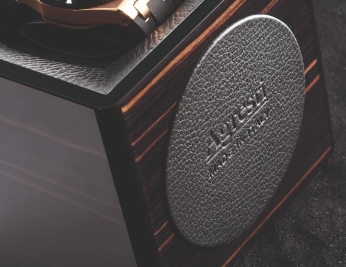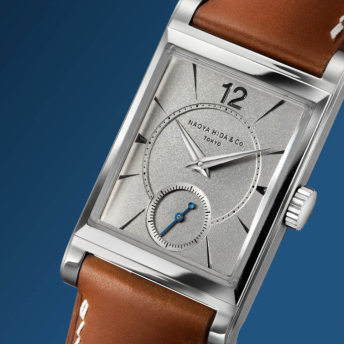Within our articles, we have repeatedly talked about luminescent materials, which allow the time to be read in the absence of light. The earliest watches in history were not equipped with this feature, so it was not possible to tell the time in the dark except through complications such as the minute repeater; therefore, it was necessary to develop new technologies to solve this problem.
The use of various materials, primarily including radium, facilitated this development so that even during the night the clocks could be consulted.
Let us now explore all types of luminescent pastes used in watchmaking, up to the most innovative modern materials.
The use of radium among the first luminescent materials
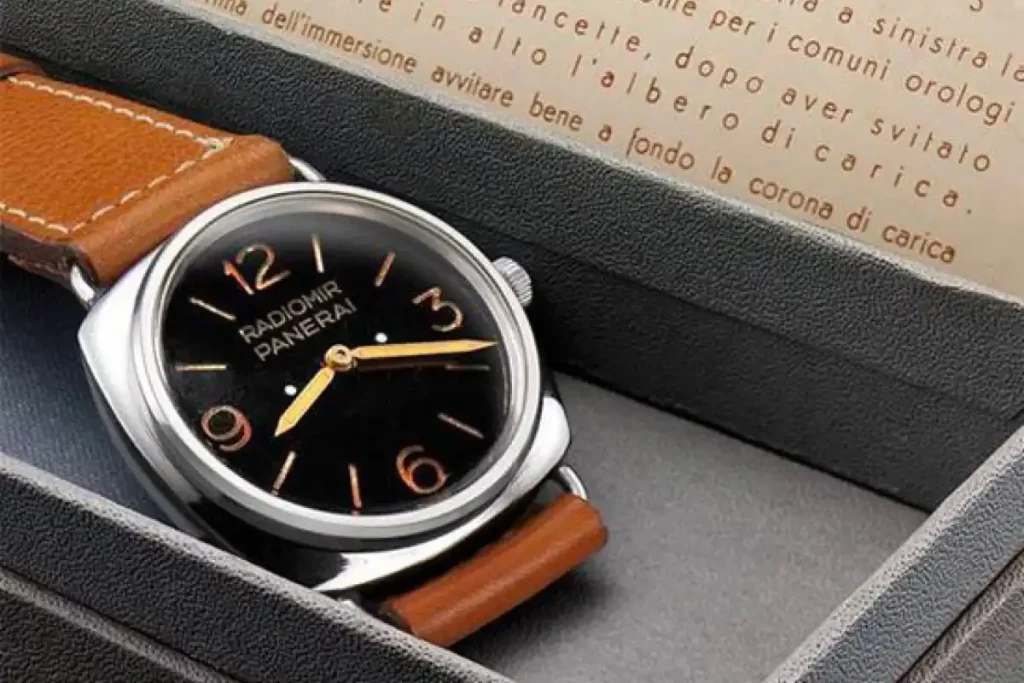
The first watches to use a luminescent material came into being at the beginning of the last century, following extensive studies by scientist Marie Curie who discovered radium a few years earlier. This material, was mixed with phosphors ensuring a constant luminosity for a certain duration, thus allowing the time to be read even in low light conditions.
One of the first models to adopt this new substance was the 1936 Panerai Radiomir, from which it took its name. Although radium contributed greatly in the aspect of comfort, over the years there have been as many negative effects related to the radioactivity of this material.
This substance, in fact, was applied with extreme manual skill on the dials, and the operators involved in this task were mostly women, later known as radium girls. What is more, in order to spread the radium more precisely, the female workers used to wet the brush with their lips before dipping it into the substance; this process repeated several times over time led to serious health problems that, in the worst case scenario, led to the most serious scenario.
1960s: tritium as a luminescent material is born
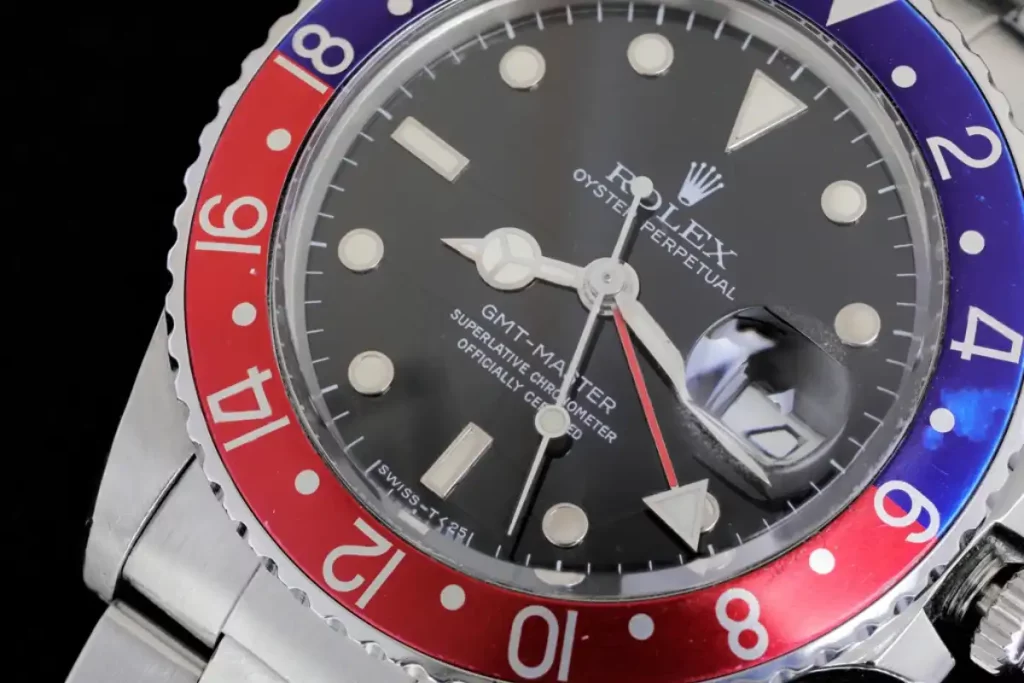
In the 1960s, following the discovery of the negative effects of radium, tritium, a much less radioactive material but with the same characteristics, began to be used. One limitation of tritium was its durability, as it emitted light energy for an average duration of about 12 years, then ran out by turning its color to a yellow hue. This was because it operated without the need for a light recharge, slowly dissipating its luminescence.
Watches that used tritium, you can distinguish them very often, for example on Rolexes, by reading at 6 o’clock the words “SWISS T” or “T<25,” which means the presence of an amount less than 25 Curie, the limit for not being harmful to the body given its radioactivity.
The LumiNova: the revolution for luminescent materials.
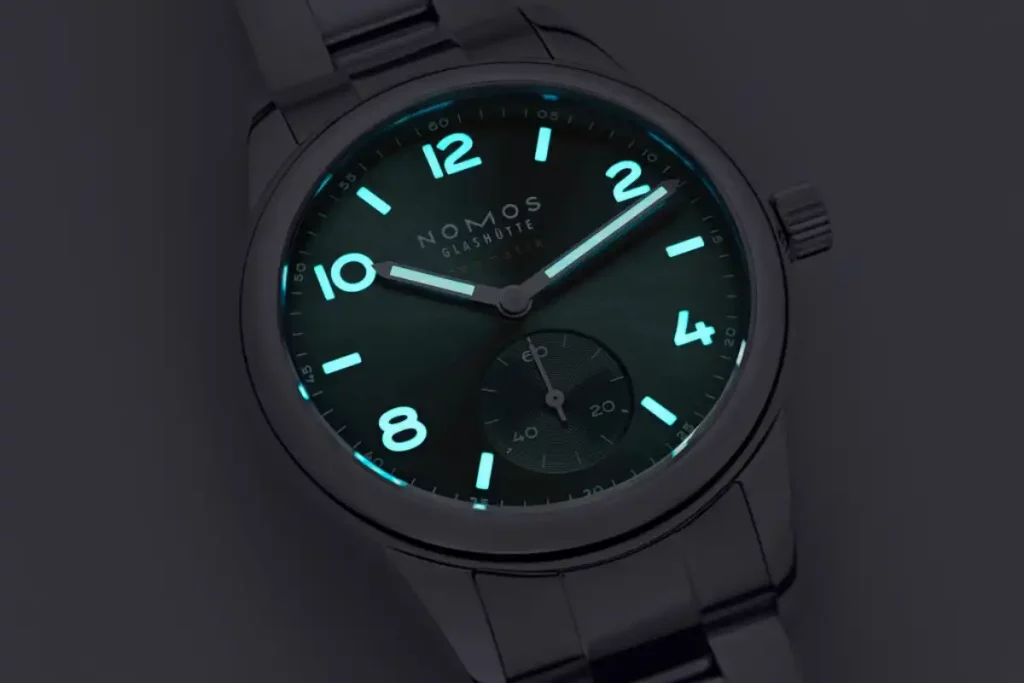
In 1993 LumiNova was invented, which from the start was a revolution. This material, originated in Japan by Nemoto, solved virtually all the problems encountered up to that time with radium and tritium. LumiNova was available in different colors offering a range of different hues, was not radioactive thus allowing it to be safely handled by operators without taking any risks. In addition, unlike its two predecessors, this material had a different illumination, as it “recharged” with a light source by absorbing its light, then gradually releasing it in the dark, offering a virtually infinite lifespan.
In the following years, again Nemoto, developed another material produced this time in Switzerland: the Super-LumiNova, which amplified the positive aspects of its predecessor by increasing the durability and intensity of luminescence.
More modern solutions among luminescent materials
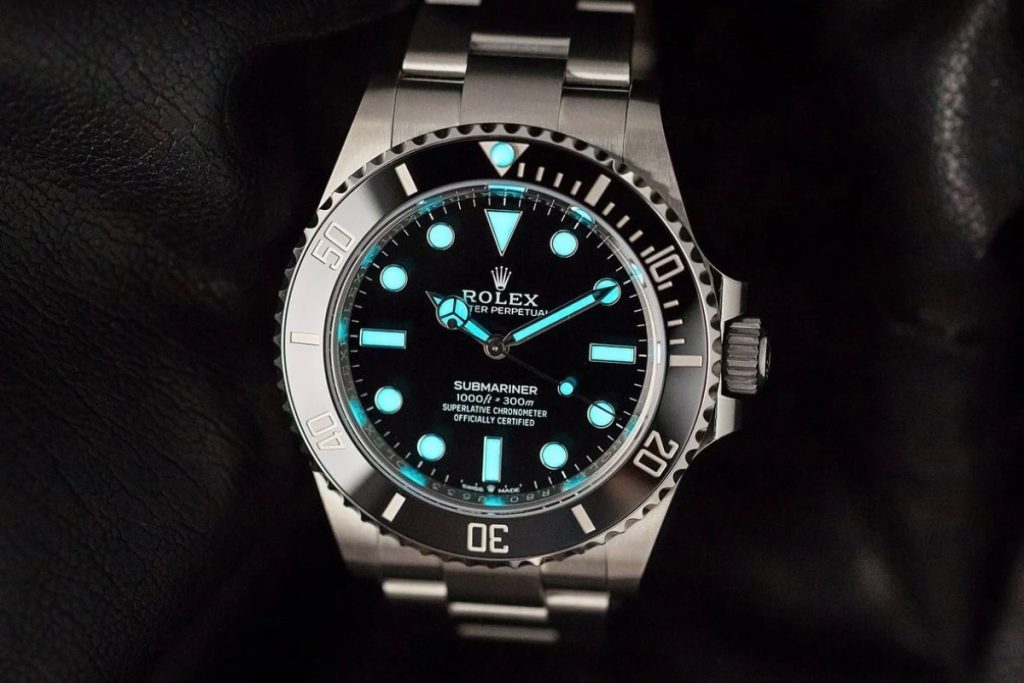
In today’s watches, Super-LumiNova is certainly the most widely used material, but the most prestigious brands have wanted to develop their own luminescent substance. For example, Rolex has been using Chromalight, a blue-tone material that is more durable than the traditional Super-LumiNova, for several years, while Panerai has developed the green- or blue-colored Luminor, after which one of the brand’s collections is named.
Among these brands, we also find Ball Watch, a Swiss brand that uses an innovative method to make its dials luminous, GTLS (tritium gas in microtubes). In fact, nano-tubes are applied to indexes, hands and dial that contain tritium gas so that it is not dispersed. This ensures an estimated lifespan of 25 years, without the need to be “recharged” the traditional Super-LumiNova, maintaining a constant luminosity throughout its lifetime with different shades such as green, blue, red or orange.
Luminescence in vintage
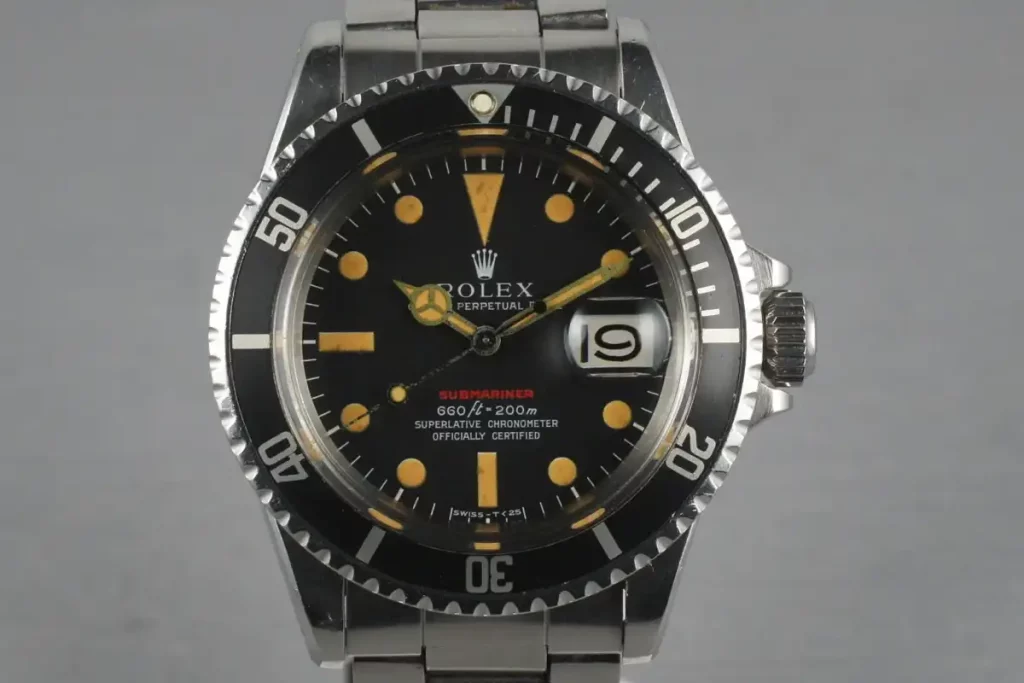
Vintage watch enthusiasts consider tritium and radium indexes fascinating for their historical value and unique appearance, created by irregular patinas and darkening on the dials, making some models rare and highly sought after. These materials add character and authenticity to vintage watches, even raising their prices if original in its components.
Conclusions
Throughout this article we have looked at the evolution of luminescence in watches, an aspect that is little considered but is crucial when applied, for example, to shallow diving where reading the time can be a matter of life and death. Whether a vintage patina or a bright, modern luminescence, a watch’s ability to glow in the dark continues to fascinate enthusiasts, keeping tradition and innovation alive in the world of watchmaking.
Visit our Youtube channel to experience the best of the world of watchmaking firsthand.
For all real-time updates follow us on Instagram.
